Disclosure: This article contains affiliate links. We may earn a commission from purchases at no extra cost to you, which helps our travel content.
The roads that connect our cities often mirror the diplomatic connections that shape our world. As someone who's spent years behind the wheel—first in Denver's grid-like streets and now navigating Mexico City's organized chaos—I've developed a fascination with how places connect, both physically and politically. My recent journey through Geneva and Maastricht wasn't just a trip between two picturesque European cities; it was a pilgrimage through the very birthplaces of modern European cooperation and unity. Vamos a explorar, friends—let's explore the tale of two treaties that changed the course of history.
Geneva: Where Neutrality Built Global Cooperation
Landing in Geneva feels like arriving at the diplomatic crossroads of the world. This Swiss city—nestled between the Alps and Jura mountains with Lac Léman (Lake Geneva) glistening at its heart—has been neutral ground for centuries, but its neutrality has never meant passivity.
My first stop was the Palais des Nations, the European headquarters of the United Nations. Walking through its corridors felt like cruising down an international highway of ideas. As a taxi driver, I've learned that the most interesting stories come from passengers who've traveled the furthest; similarly, the most compelling exhibits here showcase how distant nations found common ground.
The League of Nations Museum within the complex tells the story of the organization that preceded the UN—born from the ashes of World War I through the Treaty of Versailles. While the League ultimately failed to prevent another world war, it laid the groundwork for international cooperation that would later blossom into the European project.
After hours exploring these grand halls, I found myself needing a caffeine boost. My portable espresso maker became my diplomatic companion—allowing me to enjoy quality coffee while sitting in the surrounding Ariana Park, contemplating how the conversations within those walls shaped the world I'm free to explore today.

💡 Pro Tips
- Visit the Palais des Nations early on weekdays to avoid diplomatic delegations that can limit access
- Book the guided tour in advance as it provides access to rooms not open to self-guided visitors
- Bring your passport for entry as security is similar to airport procedures
The Red Cross Museum: Humanity's Neutral Ground
Just a short walk from the UN complex sits another Geneva institution that embodies the city's humanitarian spirit: the International Red Cross and Red Crescent Museum. If the Palais des Nations represents diplomatic theory, the Red Cross Museum showcases humanitarian practice.
The museum tells the story of Henry Dunant, who witnessed the aftermath of the Battle of Solferino in 1859 and conceived the idea of a neutral organization to care for wounded soldiers. This concept of protected neutrality—helping all sides without judgment—resonates deeply with me. As a taxi driver, I've learned to be a neutral observer of the cities I inhabit, serving everyone regardless of background.
The exhibits are powerful and often emotionally challenging, documenting conflicts from around the world and the organization's efforts to maintain humanity in inhuman situations. I found myself particularly moved by the personal artifacts—letters between separated families, simple items that brought comfort in refugee camps.
After such a sobering experience, I sought refuge in Geneva's Old Town, climbing the north tower of St. Pierre Cathedral for panoramic views of the city and lake. For this ascent, my collapsible water bottle proved invaluable—hydration without bulk is essential for these historical explorations.

💡 Pro Tips
- Allow at least 2 hours for the Red Cross Museum as the emotional impact deserves reflection time
- Use the audio guide available in multiple languages for deeper context
- Visit the nearby Broken Chair sculpture outside the UN—a powerful symbol against landmines
Maastricht: Where Modern Europe Was Born
From the diplomatic neutrality of Geneva, my journey continued to Maastricht—a Dutch city that feels like Europe in miniature. Cobblestone streets wind through a blend of Dutch, Belgian, and German influences, creating an architectural conversation across borders that mirrors the political one that happened here in 1992.
The Maastricht Treaty, signed in this charming city, transformed the European Economic Community into the European Union we know today. It created EU citizenship, laid groundwork for the euro currency, and expanded cooperation beyond mere economics into foreign policy and justice.
I spent my first day simply wandering the city center, letting the streets guide me as I often do when first driving in a new city. The Vrijthof square, bordered by the magnificent St. Servatius Basilica and St. Jan's Church, pulses with the everyday life that the EU project ultimately aims to protect and enhance.
For history buffs seeking deeper understanding, I highly recommend the travel power adapter with multiple USB ports. Maastricht's historical sites often have limited charging options, and I found myself documenting everything extensively, draining my devices quickly while researching historical details.
Later, I visited the Provincial Government Building where the treaty was signed. While not always open to the public, the exterior itself is worth seeing, and nearby information panels explain the treaty's significance. Standing there, I felt the weight of decisions that shaped a continent—not unlike the moment I decided to leave Denver for a life of global exploration.
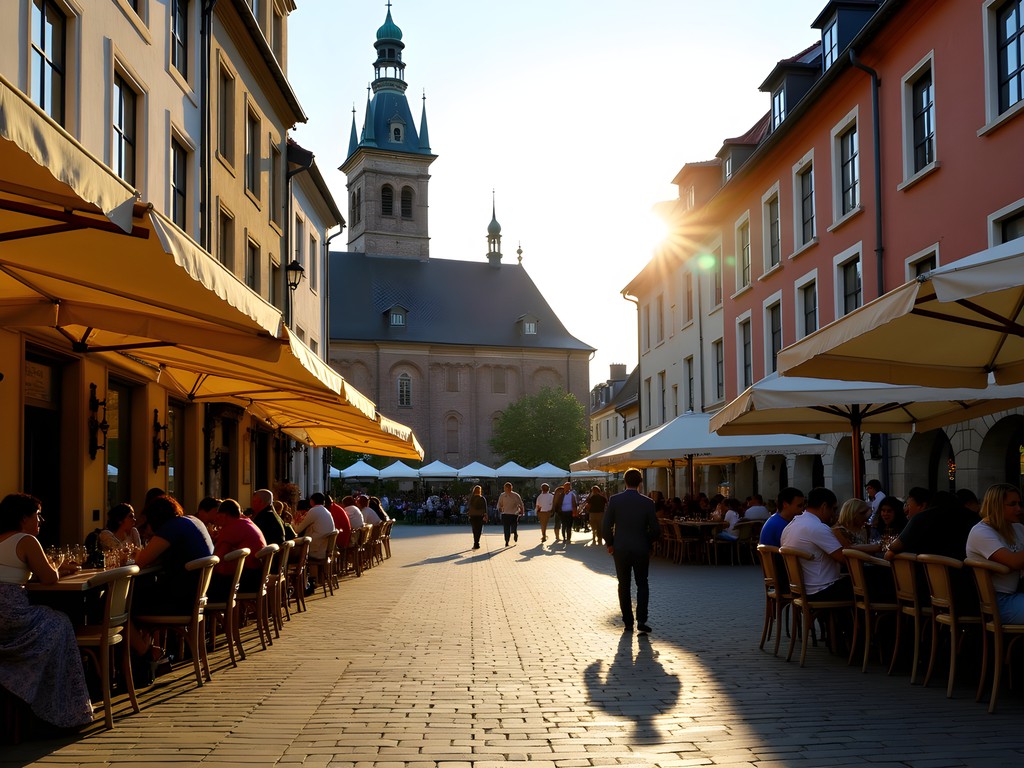
💡 Pro Tips
- Visit the Tourist Information Center for potential access to the treaty signing room when not in government use
- Explore Maastricht University areas to feel the young, international energy that embodies modern European integration
- Take a guided walking tour that specifically focuses on EU history—local guides often have personal connections to the treaty's impact
Between Two Cities: The Journey as Metaphor
The train journey between Geneva and Maastricht became its own lesson in European integration. Crossing borders that once would have required extensive paperwork but now barely register a change—save for a subtle ping from my phone announcing a new country's welcome message.
I opted for the scenic route through the Rhine Valley, where castles perch on hillsides overlooking vineyards and villages. As someone with a particular fascination for castles (they're like the luxury taxis of medieval transportation—exclusive, secure, and designed to impress), this journey was particularly rewarding.
During the 7-hour journey, my travel neck pillow proved invaluable for comfort, while my travel journal filled with observations about how the landscape and architecture subtly shift across borders—visual reminders of the distinct cultures that the EU works to both unite and preserve.
I spent a night in the German city of Cologne, breaking up the journey and allowing me to visit the magnificent cathedral that survived World War II bombing—a monument to persistence that parallels Europe's journey toward unity despite historical conflicts.

💡 Pro Tips
- Purchase a rail pass if visiting multiple European countries—the flexibility allows for spontaneous stops
- Download the DB Navigator app for real-time train information across multiple European rail networks
- Consider breaking the journey with an overnight stay—border cities often have fascinating dual cultural influences
The Culinary Diplomacy of Two Treaty Cities
As a passionate explorer of vegan cuisine, I found both Geneva and Maastricht offering fascinating plant-based interpretations of traditional dishes—another form of diplomacy that bridges tradition and modern values.
Geneva's international character means exceptional global cuisine. At Ou Bien Encore, near the lake, I enjoyed innovative plant-based Swiss dishes that honor tradition while embracing change—much like the diplomatic work happening nearby. Their vegan fondue was a revelation that had me saying c'est incroyable with every bite.
In Maastricht, the Dutch-Belgian-German culinary influences create a border-blurring food scene. At Restaurant Côté Cour, I discovered vegan interpretations of Limburg specialties that respect cultural heritage while adapting to contemporary values—paralleling the EU's balancing act between national identity and collective progress.
For self-catering options while exploring these historical sites, I relied on my insulated food container to carry meals for long days of exploration. In cities where dining can strain mid-range budgets, this simple tool saved me countless euros while ensuring I stayed energized for historical discoveries.
Both cities also offered excellent working cafés where I could document my experiences. As someone who frequently uses coworking spaces, I appreciated how these European cafés have perfected the art of the lingering work session—another form of cultural exchange I've carried back to Mexico City.

💡 Pro Tips
- Visit local markets in both cities for affordable picnic supplies—perfect for enjoying in parks near historical sites
- Try regional specialties even in vegan form—food adaptation reflects the same flexibility needed in political treaties
- Ask local taxi drivers for restaurant recommendations—we always know the authentic spots tourists might miss
Final Thoughts
As my taxi weaves through Mexico City traffic today, I often find my mind drifting back to those two European cities where the roadmap for a continent's future was drawn. Geneva and Maastricht may seem like ordinary dots on a map to many travelers, but they stand as monuments to humanity's capacity for cooperation after centuries of conflict.
What struck me most was how these political achievements have transformed into everyday reality. The ease with which I traveled between countries, the common currency that simplified my journey, the shared values visible in historical preservation—all fruits of seeds planted in meeting rooms and government buildings I visited.
For business travelers especially, understanding this history provides context for today's European market dynamics. For the culturally curious, these cities offer a masterclass in how diplomatic theory becomes lived reality.
Whether you're negotiating international deals or simply negotiating your way through Europe's rich heritage, I invite you to follow this trail of treaties. Like the best taxi rides, the journey between Geneva and Maastricht isn't just about reaching a destination—it's about understanding how we're all connected along the way. ¡Hasta la próxima aventura!
✨ Key Takeaways
- Both cities offer accessible historical sites where world-changing treaties were developed
- The journey between Geneva and Maastricht provides a physical experience of European integration
- Understanding EU history provides valuable context for business travelers working in European markets
- Local cuisine in both cities reflects the diplomatic art of balancing tradition with innovation
- The everyday benefits of European cooperation are tangible to visitors through currency, border crossings, and cultural preservation
📋 Practical Information
Best Time to Visit
year-round, though May-September offers pleasant weather for exploring
Budget Estimate
$150-250 per day including mid-range accommodations, meals, and attractions
Recommended Duration
7 days (3 in Geneva, 3 in Maastricht, 1 for journey between)
Difficulty Level
Intermediate - Involves Some Planning For Historical Site Access And Train Connections
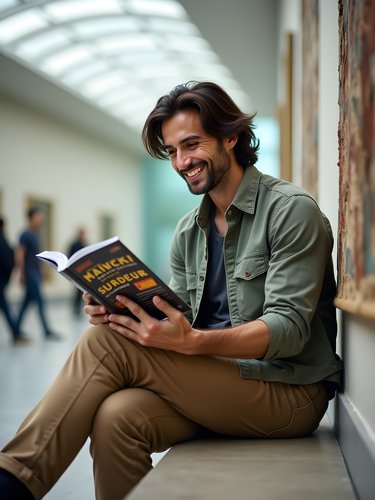
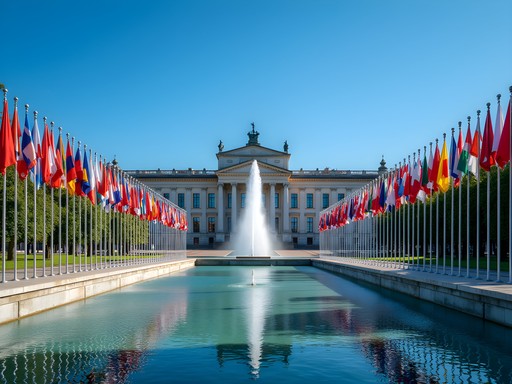



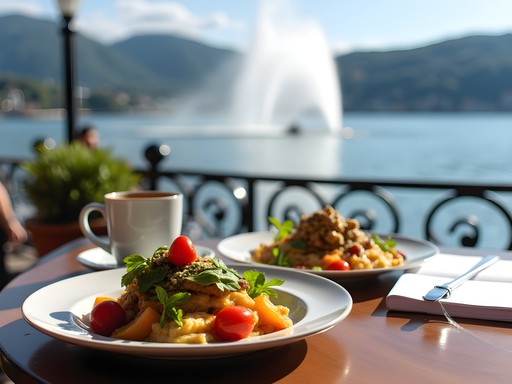








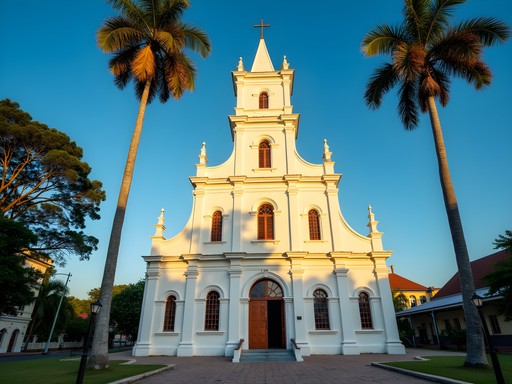
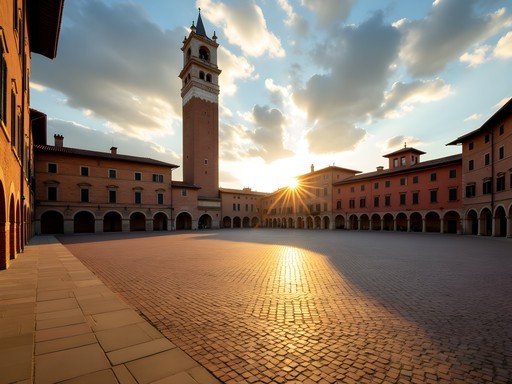
Comments
SwissAlpsFan
That shot of Lake Geneva with the Jet d'Eau is stunning! Perfect backdrop for a piece on international diplomacy.
sunsetguide
Just got back from Geneva last month! Your post really captures that unique feeling of importance the city has. We visited the UN and Red Cross Museum too, but I wish we'd made time for Maastricht to complete the journey like you did. The contrast between Switzerland's neutrality and the EU's integration would have been fascinating to experience back-to-back. Did you find it easy to explain the historical significance to travel companions, or is this kind of trip better for history buffs?
Harrison Webb
Great question! I think the museums in both cities do a good job making the history accessible. My partner isn't a history buff but found it engaging because it connects to current events. The Red Cross Museum especially tells human stories that anyone can connect with.
TravelWithMike
Great post! How many days would you recommend for each city to really appreciate the historical sites?
Harrison Webb
I'd say 2 full days in Geneva and 1-2 in Maastricht would give you enough time to see the treaty-related sites and get a feel for each place. Maastricht is more compact but equally fascinating!
history_buff_jane
Love how you connected these two cities through their treaty history! Never thought about visiting them as a paired trip before.
luckywalker
Just got back from this EXACT trip last month!! Your comparison of these two cities is spot on! The Treaty Room in Maastricht gave me goosebumps - standing where they literally reshaped Europe! We rented bikes in Maastricht which was perfect for exploring the medieval center and riding along the Meuse River. For anyone going, don't miss the underground fort tours - they take you through tunnels dating back to the 1500s! I used my pocket guide which had great walking tours for both cities. The diplomatic history is fascinating, but I also loved just sitting in cafés watching the mix of international people in Geneva.
luckymood
Thanks for the bike tip! Adding that to my list.
adventureninja8333
Are there any guided tours specifically about the EU treaties in these cities? Or is it better to explore on your own?
Mason Ferrari
I've done both in Maastricht. The guided tour from the tourist office (Tuesday/Thursday afternoons) is excellent - includes the treaty signing room and context you might miss otherwise. In Geneva, the UN tour is a must, though it covers much more than just EU history. I used Rick Steves which had some good self-guided walking routes connecting the historical sites.
nomadpro
The Red Cross Museum is incredible. Spent half a day there last summer.
Amy Brown
Harrison, what a fascinating perspective connecting these two diplomatic landmarks! I visited both cities last year while researching European political history for my blog series. In Geneva, I spent an extra day at the League of Nations archives which I'd highly recommend to anyone following your itinerary. The librarians there are incredibly helpful. In Maastricht, I found a small walking tour run by a retired EU diplomat that added tremendous context to the treaty sites. It's called 'Europa Walks' and only runs on weekends, but worth planning around. Your metaphor about the physical and diplomatic roads connecting these places is spot on - I felt that same sense of historical continuity traveling between them.
EuropeExplorer22
Amy - that Europa Walks tour sounds amazing! Adding it to my list for next spring's trip. Did you need to book far in advance?
Amy Brown
I booked about two weeks ahead, but in peak summer they fill up quickly. They have a simple booking form on their website. If you're interested in EU history, I'd also recommend bringing along this guidebook which has excellent historical context for the region.
luckymood
Planning to visit both cities next spring. Is two days enough for each?
Harrison Webb
Two days per city should work if you're focused! I'd add an extra day in Geneva if you want to explore the lake region too.
oceanbuddy
Definitely agree with Harrison. Geneva deserves that extra day, especially if you want to take a boat trip on the lake. The Mont Blanc views on a clear day are worth it!
smartmate
Just got back from Geneva last month and this post really captures the vibe of the place! The Red Cross Museum was definitely a highlight for me too. Didn't make it to Maastricht though - now I'm kicking myself for missing that connection between the treaties. Did you find driving between the cities straightforward? I've always relied on trains in Europe.
Harrison Webb
Thanks for reading! I actually took the train between the cities - found it to be the perfect way to experience that metaphorical connection I wrote about. The Swiss-to-Netherlands rail journey gives you a nice cross-section of changing European landscapes.
smartmate
Good to know! I'll definitely plan for both cities next time. The train sounds like the way to go.
Venture X
Premium card with 2X miles, $300 travel credit, Priority Pass